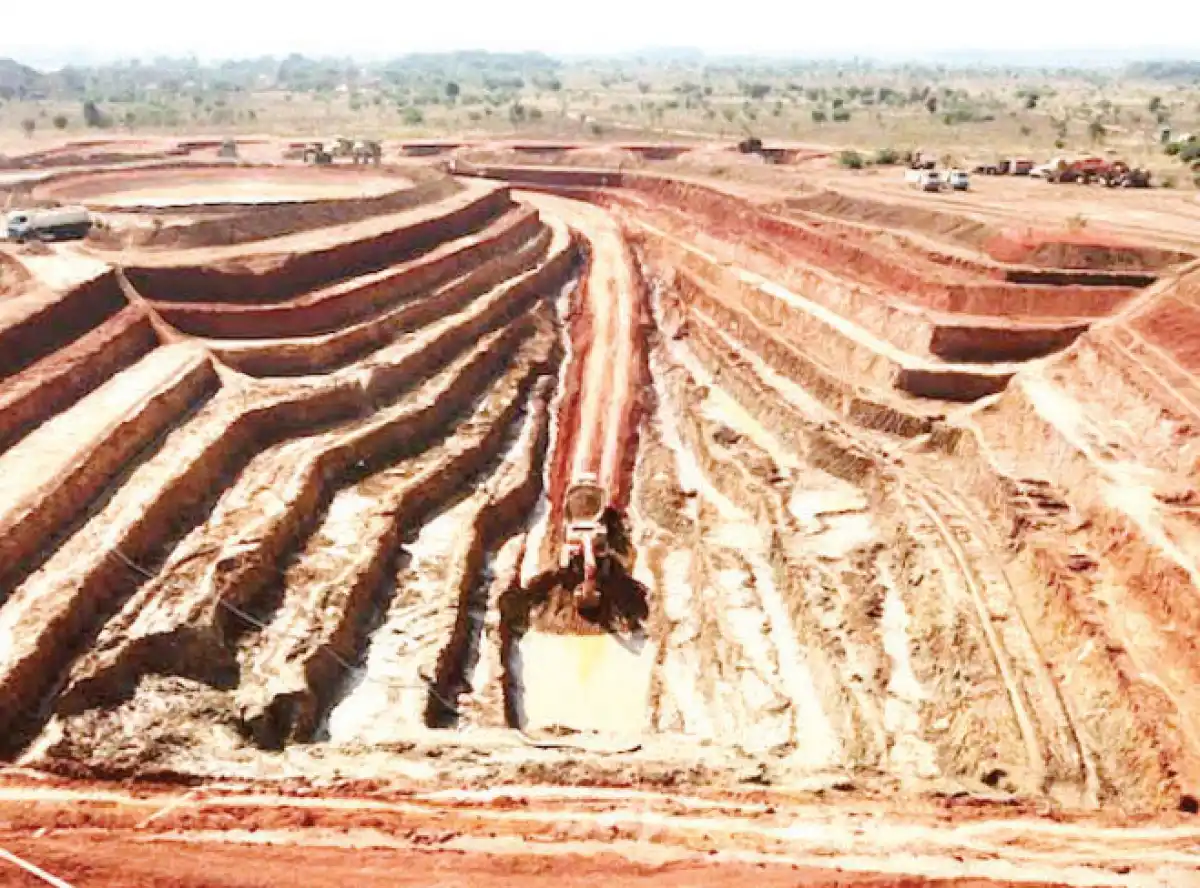
The recent announcement of high quality battery-grade graphite at the Kasiya project in Malawi could be a transformative opportunity for Malawi, analysts say.
Sovereign Metals has announced in a statement that the Kasiya site in Lilongwe has achieved a breakthrough, confirming the exceptional battery-grade quality of graphite concentrate from the rutile-graphite project.
In the statement, Sovereign Metals Managing Director Frank Egar says the discovery of graphite in Kasiya presents a unique opportunity to establish lithium-ion battery supply chains outside of China.
He said the results confirm that Kasiya graphite concentrate will be an excellent anode material feedstock for the battery industry.
“Not only is the weathered, saprolite-hosted graphite easy to purify to very high grades, the anode material produced meets the industry specifications,” he said.
Egar says the coated spherical purified graphite anode material produced at Kasiya exhibits performance characteristics comparable only to the highest quality natural graphite.
“This high-purity, near-perfect crystallinity graphite with minimal impurities can be used for extended battery life, reduced lithium loss during charging, and superior electrical storage capacity,” the company said in a statement on its website.
It says beyond battery applications, the company is exploring the potential of Kasiya concentrate for use in traditional refractories and foundry application.

Economic commentator Velli Nyirongo said the country should think of moving beyond raw material exports and establish a value-added battery manufacturing industry.
“While immediate focus may be on graphite concentrate extraction and export, the true potential lies in domestic battery manufacturing. Investment in research and development would position Malawi as a key player in the global lithium-ion battery supply chain, essential for electric vehicles and renewable energy,” Nyirongo said.
He said the benefits are substantial, citing job creation, economic growth, foreign exchange generation, and environmental sustainability.
He, however, said realising this vision requires government and private sector collaboration.
“Policy measures should attract foreign investment, promote technology transfer and create a favourable business environment. Education and training investments are also crucial for a skilled workforce,” he said.
He added that by capitalising on this opportunity, Malawi can revitalise its economy and ensure a prosperous future for generations to come.
“The graphite at Kasiya is not merely a valuable resource; it is a catalyst for a new era of economic growth and development,” he said.
Managing Partner of Perekezi ASM Consultants, Chikomeni Manda, has said Malawi’s graphite rush is a catalyst for economic transformation.
“This is a very good development, and as a country we need to support this project. We also need to start strategising on value addition like battery manufacturing for Malawi to reap the full benefits of its mineral potential,” Manda said.




0 Comments